Vietnam is considered a fertile market for food delivery services thanks to its young population structure, high internet usage rate (over 70% of the population) and the popularity of smartphones.
The Covid-19 pandemic has been a powerful catalyst, accelerating the digital transformation process in the F&B industry. Thousands of restaurants and eateries have been forced to join food delivery platforms to maintain operations, while also forming new online shopping habits for consumers.
According to Momentum Works, food delivery revenue in Vietnam will reach about 1.8 billion USD in 2024, up 26% compared to the previous year and is forecast to reach 9 billion USD by 2030.
After Gojek abruptly withdrew from Vietnam in September 2024, the food delivery market now has three main platforms: ShopeeFood, GrabFood and BeFood. However, ShopeeFood and GrabFood account for more than 90% of the market share, according to a survey conducted by NielsenIQ and Decision Lab in April 2025.

ShopeeFood leads the market with about 56% market share in Hanoi . By 2024, one in two people ordering food will choose ShopeeFood as a habit.
ShopeeFood was originally NowFood, then acquired by Shopee. This application is considered to have attractive prices, and at the same time benefits greatly from the brand and ecosystem integrated with the Shopee e-commerce platform.
Taking advantage of Shopee's abundant financial resources, ShopeeFood continuously launches big discount codes, free shipping, especially during super sales on 9/9, 10/10... to attract customers. Users can use Shopee Coins and ShopeePay wallet to pay, creating cohesion in Shopee's ecosystem.
Meanwhile, GrabFood still maintains a loyal user base with a rate almost unchanged from last year. Unlike other applications, GrabFood focuses on providing a more premium experience thanks to a modern interface and diverse services, with many options such as priority, fast, and economical.
In particular, at the priority level, delivery times in major cities like Hanoi and Ho Chi Minh City are often quite fast and accurate compared to expectations. However, a limitation of GrabFood is the high delivery cost.
BeFood entered the market late but attracted attention with its user-friendly interface and impressive social media campaigns. The "yellow shirt man" (BeFood's symbol) not only stood out for his determination but also built trust through smooth and easy-to-use experiences on the platform.
The race for market share is not just about promotions but also about technology and expansion. ShopeeFood leverages data from Shopee to personalize recommendations, while GrabFood invests in AI to optimize delivery routes.
A hard-to-swallow piece of cake
Despite its great potential, the food delivery industry in Vietnam still faces many challenges. Baemin officially left Vietnam in December 2023 after nearly 4 years of operation. Although famous for its unique and humorous marketing campaigns and loved by young people, Baemin ultimately could not compete with other rivals.
The lack of a multi-service ecosystem is Baemin's fatal weakness. While Grab and Gojek have diverse ecosystems from ride-hailing, delivery, and electronic payments, Baemin only focuses on food delivery. This makes Baemin lack a source of revenue to offset losses in the food delivery segment.
In addition, the number of restaurant and driver partners of Baemin cannot be compared to GrabFood and ShopeeFood, leading to fewer choices for users. "Burning money" to gain market share without any compensating source of revenue has caused Baemin to continuously suffer losses.
Gojek also had to leave Vietnam. According to reports, while GrabFood and ShopeeFood hold the majority of the market, GoFood only accounts for a very small part, at times only 1-3%. Gojek has difficulty competing in terms of price and number of partners.
The withdrawal of foreign unicorns opens up huge opportunities for domestic applications such as Be and Xanh SM. With the support of VPBankS, Be can be more confident in the fierce battle with Grab and ShopeeFood. This capital will be used to expand the market, upgrade technology and most importantly, implement attractive promotions and discounts to attract users and retain drivers.
Meanwhile, the “newcomer” Xanh SM of Vingroup Corporation has created a new breeze for the technology-based ride-hailing market. Although they have just entered the food delivery sector (Xanh SM Ngon), they have made remarkable and different steps.
However, according to experts, to compete with these giants, Vietnamese apps need huge resources and long-term strategies. Vietnamese apps must accept "burning money" in the early stages to attract users and partners, which can affect profits.
The race for market share will certainly continue. The winners will be the platforms that not only have low prices, but also provide excellent services, build sustainable ecosystems and truly understand the needs of both users and partners. Vietnamese consumers are the biggest beneficiaries.
Source: https://vietnamnet.vn/cuoc-dua-dot-tien-chua-ha-nhiet-chia-phan-mieng-banh-9-ty-usd-tai-viet-nam-2438017.html










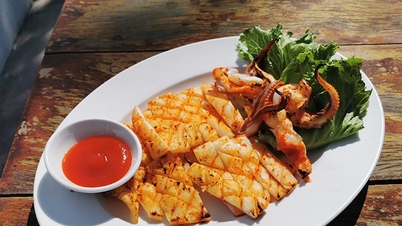





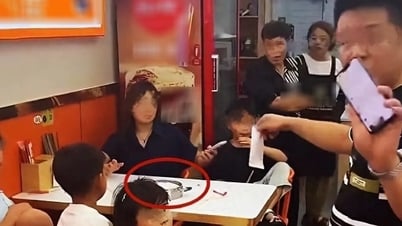


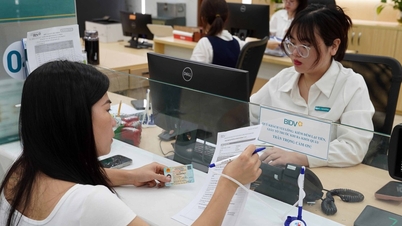





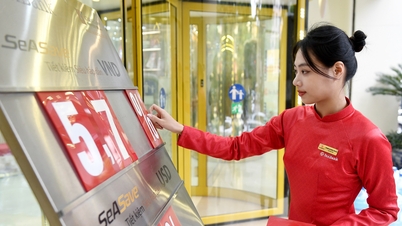


















































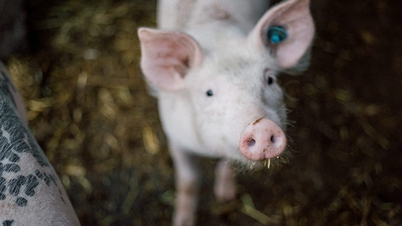

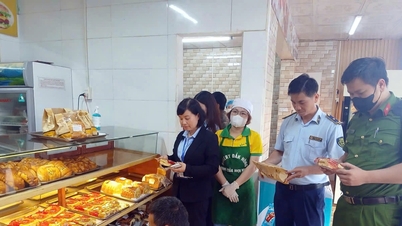





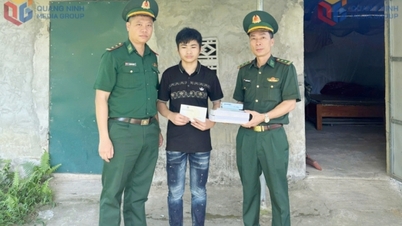














Comment (0)